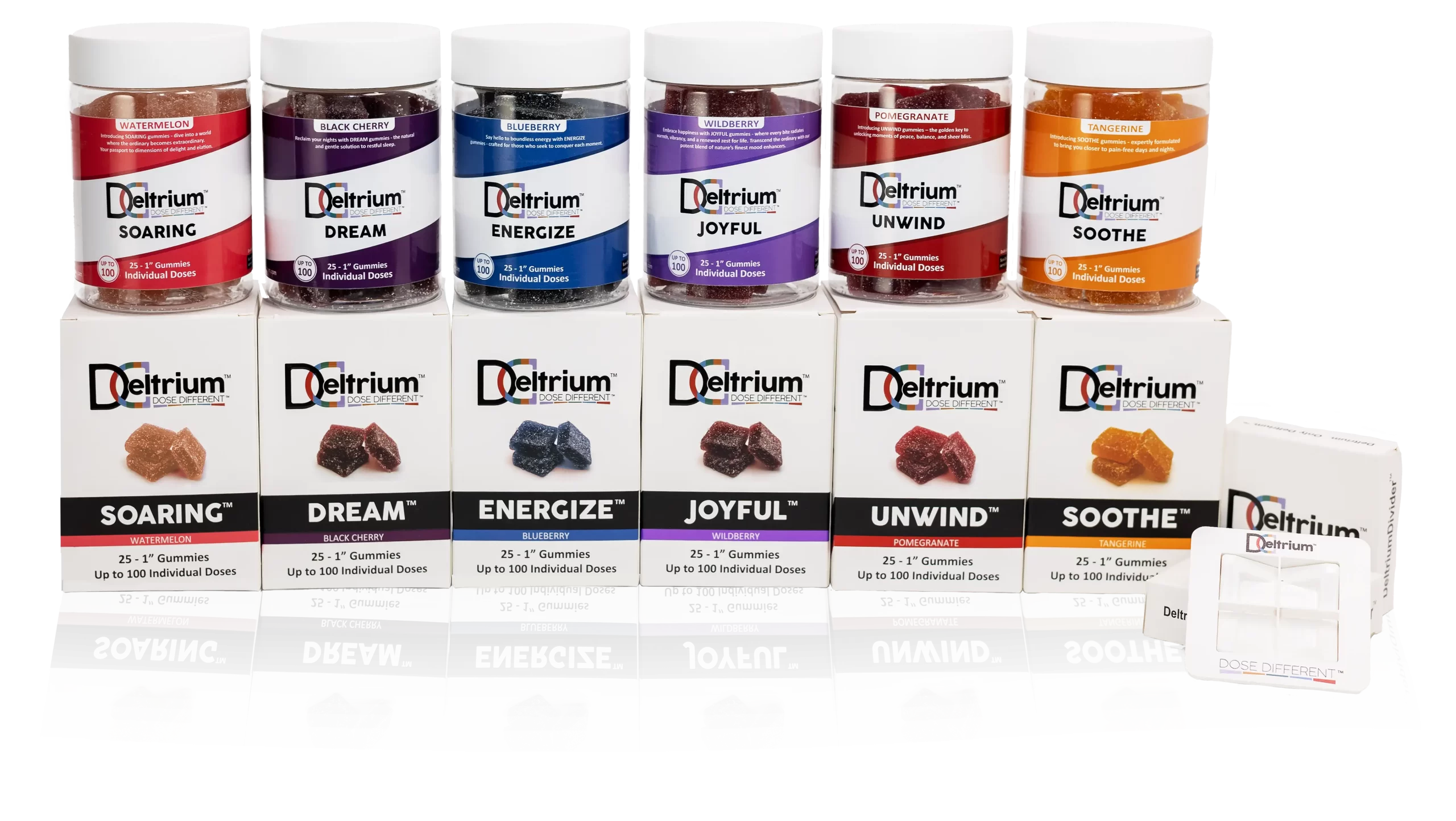As the medical and recreational cannabis landscapes evolve, consumers are being introduced to various cannabinoids, each with its unique properties and effects. Two compounds gaining notable attention are Delta-8 THC (Δ8-THC) and Delta-9 THC (Δ9-THC). Despite their name and molecular structure similarities, the duo has differences that distinguish their impact on users. This article delves into the contrasting worlds of Δ8-THC and Δ9-THC.
Chemical Underpinnings: A Subtle But Significant Difference
Their molecular configuration is at the heart of the distinction between Δ8-THC and Δ9-THC. Both compounds have double bonds in their molecular chain, but their locations differ. In Δ8-THC, the double bond is on the 8th carbon atom, whereas in Δ9-THC, it’s on the 9th. This seemingly minor shift has profound implications for how each cannabinoid interacts with the endocannabinoid system, thus influencing their resultant effects.
Legality: A Dance with Regulations
Delta-9 THC’s legal status is relatively well-known. As the primary psychoactive compound in marijuana, it’s heavily regulated. In regions where marijuana remains illegal, so does Δ9-THC. In the U.S., marijuana’s legal status varies by state, with some allowing medical use, others permitting recreational consumption, and others banning it entirely.
Delta-8 THC, on the other hand, occupies a more nuanced legal position. The 2018 Farm Bill in the U.S. permitted hemp-derived cannabinoids, inadvertently paving the way for Δ8-THC’s rise, as it can be synthesized from hemp-derived CBD.
The Experience: Intensity & Clarity
Delta-9 THC’s effects are widely recognized. It’s the quintessential cannabis “high”, encompassing feelings of euphoria, altered perception, relaxation, and sometimes, anxiety or paranoia. It’s potent and, for some, overwhelming.
In contrast, Δ8-THC offers what many describe as a “lighter” or “clear-headed” high. It retains the euphoria and relaxation characteristic of Δ9-THC but often without the edge of anxiety. This can particularly appeal to those seeking therapeutic effects or a milder recreational experience.
Therapeutic Potentials: A Realm of Exploration
Both cannabinoids offer a myriad of potential health benefits. Historically, Δ9-THC has been investigated for its capacity to reduce nausea, stimulate appetite, alleviate pain, and more. It’s a staple in medical marijuana regimes for conditions ranging from chemotherapy-induced nausea to chronic pain disorders.
Delta-8 THC, though studied less extensively, shows incredible promise. Preliminary studies hint at its potential to reduce inflammation, especially in corneal injuries in mice. Like its Δ9 counterpart, Δ8 may also stimulate appetite and mitigate nausea.
Natural Occurrence: Abundance vs. Rarity
Delta-9 THC dominates in marijuana varieties of cannabis, making it the prevalent THC type in most cannabis products. Delta-8 THC, conversely, naturally occurs in minuscule amounts. Its recent surge in popularity and availability comes from innovative extraction methods, particularly the conversion of CBD to Δ8-THC. This derivation process has allowed Δ8 products to flood markets in regions where hemp cultivation is legal.
Conclusion
While Δ8-THC and Δ9-THC share a common lineage and many similar properties, they cater to different user experiences and needs. For those seeking a potent, traditional cannabis high, Δ9-THC remains the gold standard. However, for individuals desiring a milder effect, or those living in regions with strict Δ9-THC regulations, Δ8-THC offers a compelling alternative.
In addition, Delta-8 THC is being blended with other cannabinoids alongside ingredients like Lion’s Mane, Ashwagandha, and Cordyceps to create effects that are new to cannabis users and taking the country by storm.
As the cannabis industry expands and research deepens, our understanding of these cannabinoids will undoubtedly refine. Until then, for consumers, the key lies in experimentation, caution, and staying informed. Always prioritize safety and remember: personal experiences with cannabinoids can vary widely, so start low, go slow, and find the best balance for you.
Deltrium’s Dosing Algorithm Makes Determining Your Dose Free and Easy…
It’s now easy to find out what your individual dosage should be… simply use our dosing algorithm by answering ten questions, and in minutes, you’ll know how much of a given blend you should take. Our goal is to make sure that no one takes too much and no one takes too little. Try it… you’ll see.








